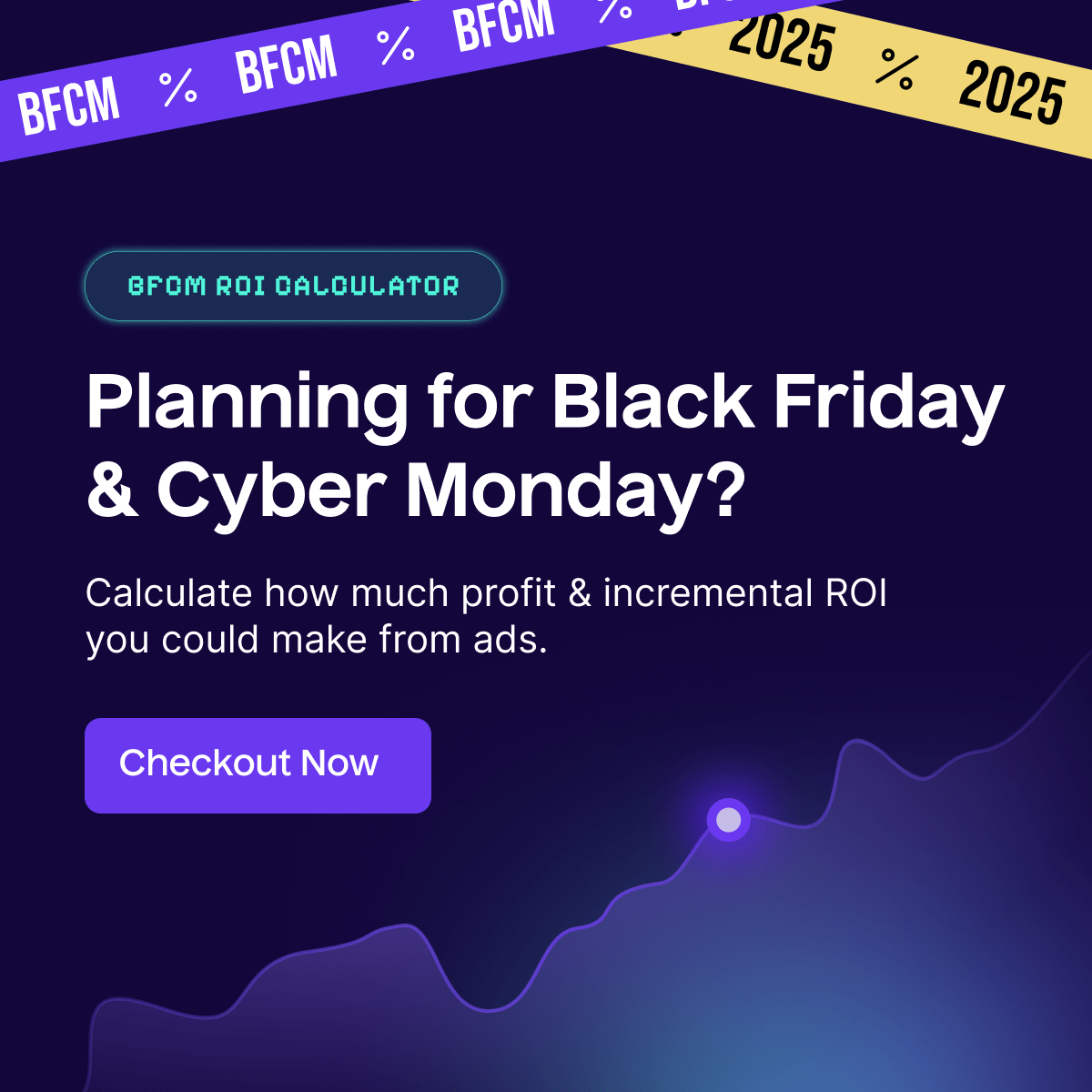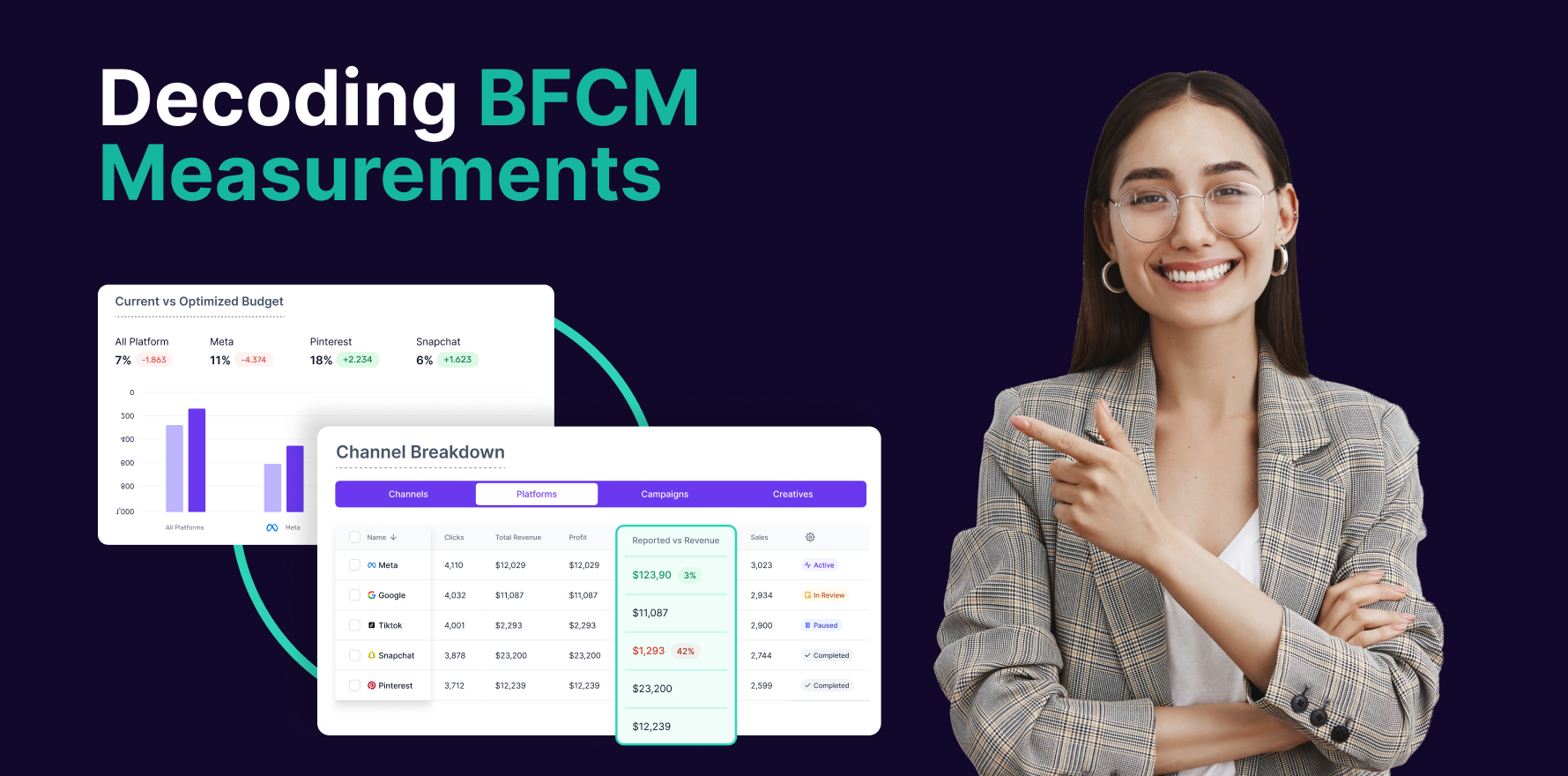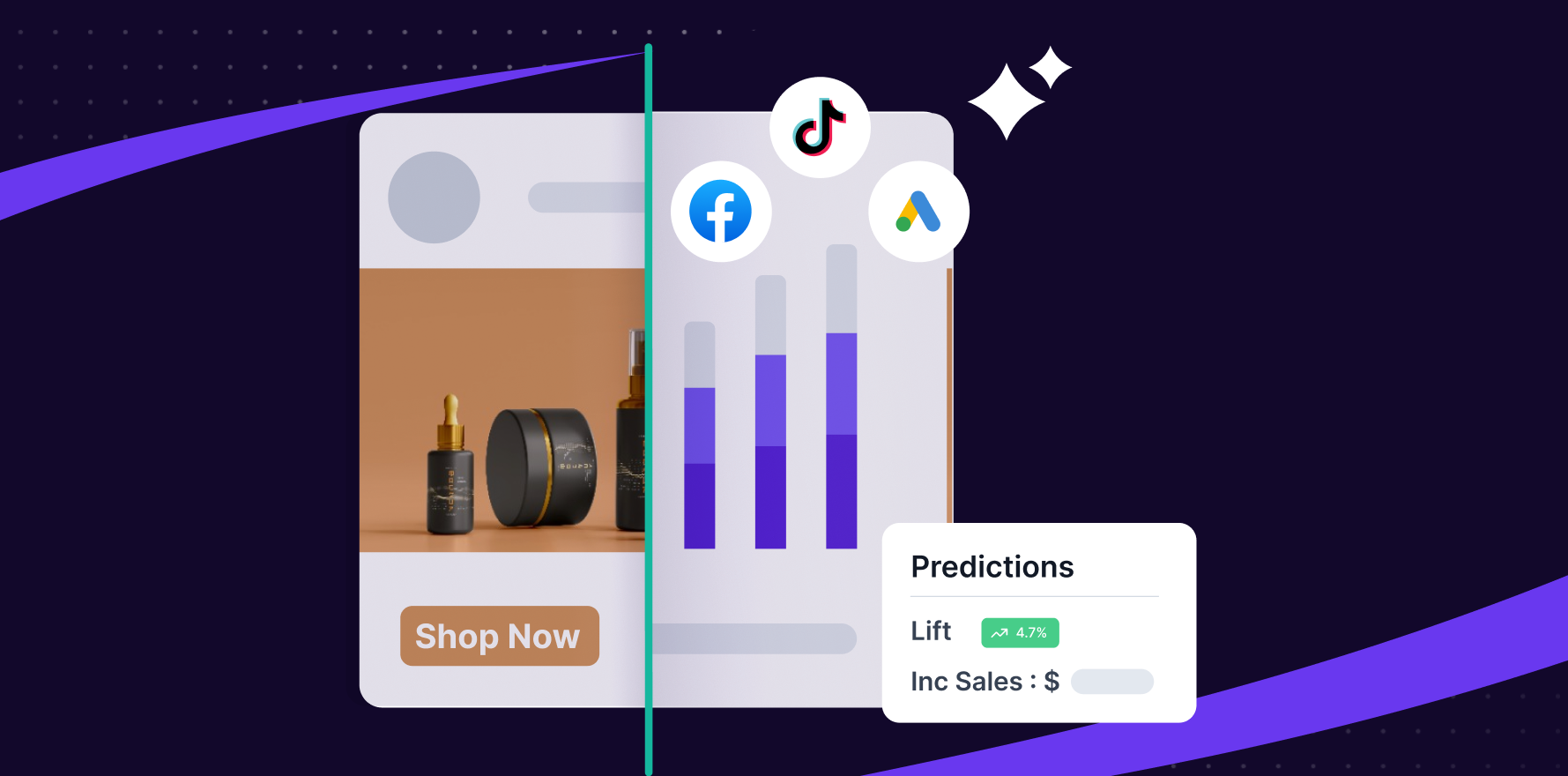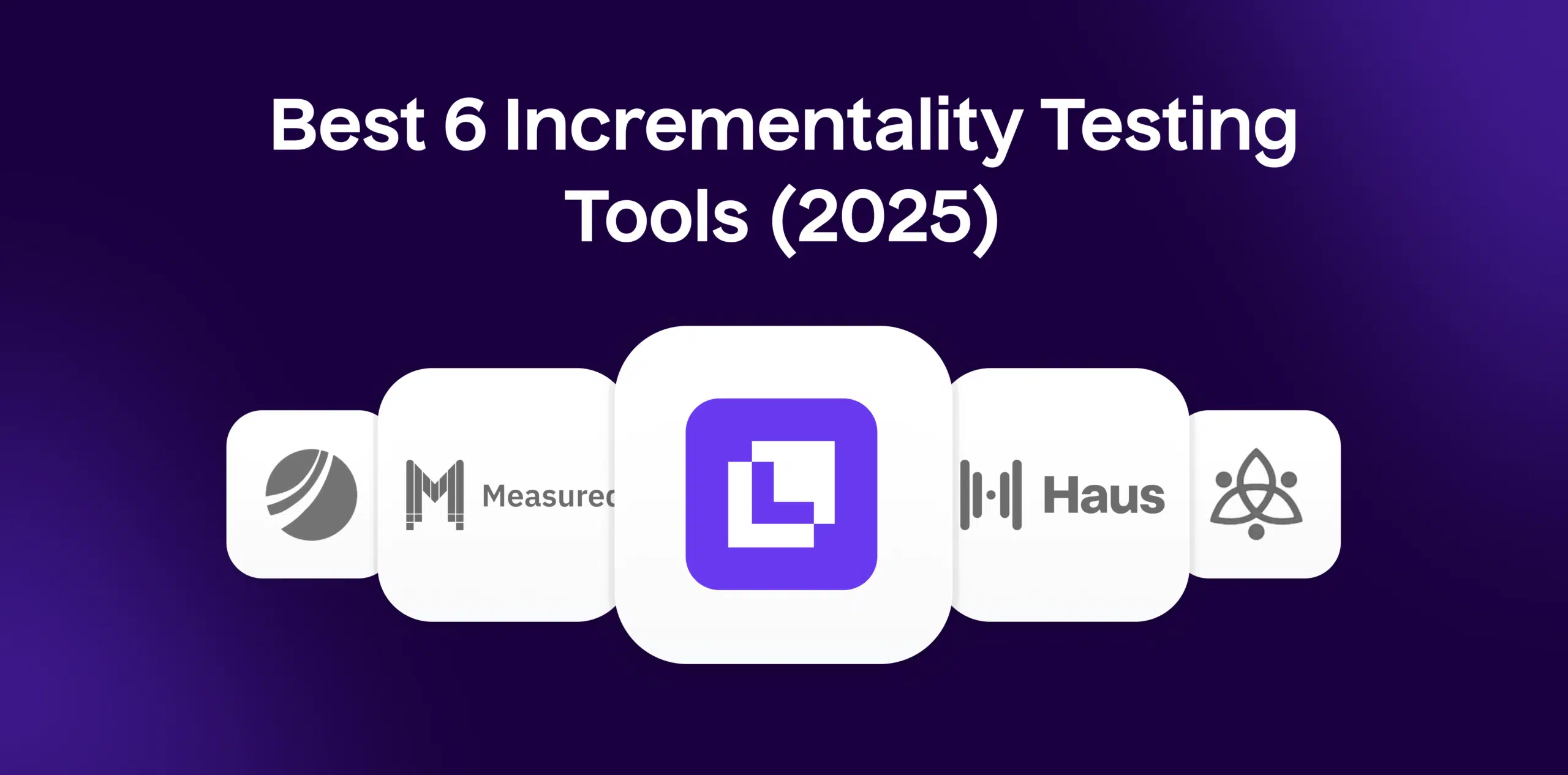What is In-app header bidding?
In-app header bidding is a variation of the programmatic advertising technique known as header bidding but adapted for mobile applications. Originally, header bidding emerged as a method for website publishers to offer their ad space to multiple advertisers simultaneously, thereby increasing competition and driving up prices. The term ‘header’ comes from the placement of the bidding code in the website’s header section.
However, mobile apps don’t have a ‘header’ in the traditional sense. Thus, in-app header bidding is essentially a term used to convey the application of header bidding principles in a mobile app environment. The process involves an auction where all bids occur simultaneously before app publishers make an ad call to their servers, which in turn leads to better monetization and fill rates.
Formula
There’s no specific mathematical formula for in-app header bidding. However, the chief objective is to maximize the yield which is calculated as (Total Ad Revenue/ Total Ad Impressions) x 1000.
Example
For instance, consider a gaming app with ad space offered to advertisers. Using in-app header bidding, the app can invite multiple advertisers to bid for the ad space simultaneously before sending the request to the ad server. The highest bidding advertiser gets to display in the ad space, ensuring optimal ad revenue for the publisher.
Why is In-app header bidding important?
In-app header bidding democratizes the buying process by providing every advertiser equal access to the inventory. It mitigates the risk of under-monetization, reduces latency, and enhances user experience. It also mitigates ‘waterfalling,’ a sequential method of offering inventory to buyers at different price levels, which often leaves money on the table due to its inefficiency.
Which factors impact In-app header bidding?
You can improve in-app header bidding with practices such as optimizing your partner mix, conducting regular performance reviews, and utilizing real-time metrics for actionable insights.
How can In-app header bidding be improved?
Various factors can influence in-app header bidding, including demand availability, ad quality, user behavior, app performance, and ad placement.
What is In-app header bidding’s relationship with other metrics?
In-app header bidding indirectly impacts eCommerce metrics like Customer Acquisition Cost (CAC), Lifetime Value (LTV), and others. By optimizing ad revenue, it can reduce the financial burden on user acquisition, thus bringing down CAC. Additionally, by improving user experience through reduced ad latency, it can enhance user retainment and therefore, LTV.
Free essential resources for success
Discover more from Lifesight
























































